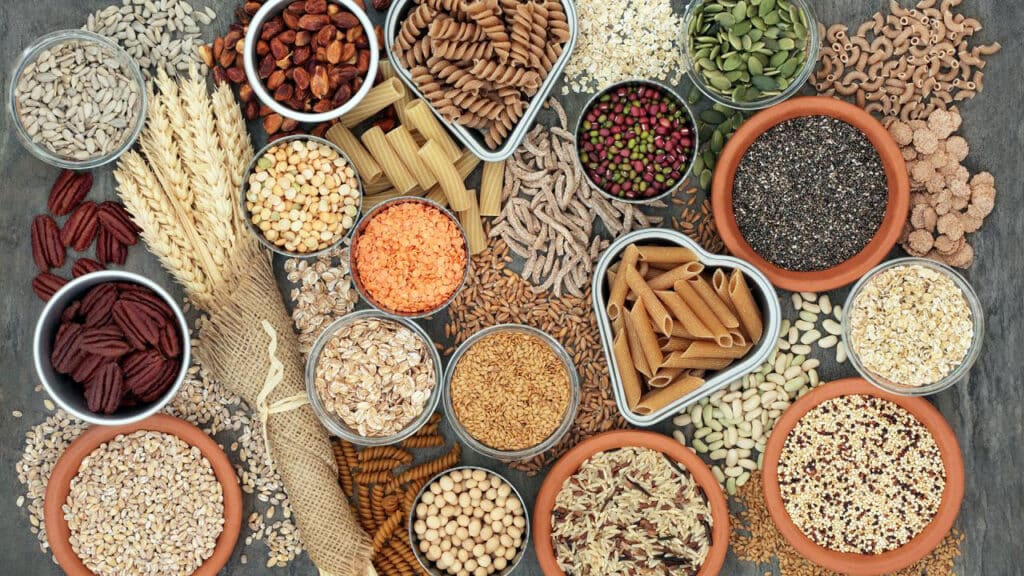When it comes to dietary recommendations, few are as regularly repeated and widely agreed upon as the superiority of whole grains over their refined, processed alternatives. But what exactly is a whole grain? Why are whole grains so significant? And perhaps most importantly, how do you make sure you have plenty of whole grains in your diet?
To get scientific for a minute, a whole grain is defined as a cereal grain that still contains its endosperm, germ and bran. The endosperm is the tissue inside the fertilized seed. The germ is the embryo inside the seed that will grow into a plant. The bran is the hard outer layer. Endosperm is mostly full of starch, with some oil and protein; the germ is often used to make vegetable oils; and bran is particularly rich in fiber and other nutrients. Bran is also responsible for the brown color of whole grain products.
As you can see, if you want to consume the maximum amount of nutrients from a grain, you need all three parts. In refined grain, however, grinding, sifting and other processes are used to remove the germ and bran so only the endosperm is left. Sometimes it will then be bleached. Processing grains can improve their shelf life and lead to a finer texture, but it does reduce nutritional content. Sometimes, processors will even add certain nutrients back in afterward to reinforce the grain.
Cereals that can be classified as whole grain or be refined include staples such as corn, wheat, rice, oats, rye and barley. There are also lesser-known cereals such as sorghum, teff and fonio and crops that function in a similar way to cereals despite not meeting the technical definition, such as buckwheat and quinoa. They’re known as pseudocereals.
We eat whole grains as breakfast cereals, use them to make bread or pasta, or use them as side dishes with main meals. People who are sensitive to gluten, such as those with celiac disease, need to avoid wheat and oats but may still be able to eat lesser-known cereals as alternatives. Consuming whole grains may be associated with better heart health and a reduced risk of diabetes, strokes, cancer and other conditions.
Whole grains alone cannot guarantee health any more than any other food type can, but they’re an important part of a balanced diet.




